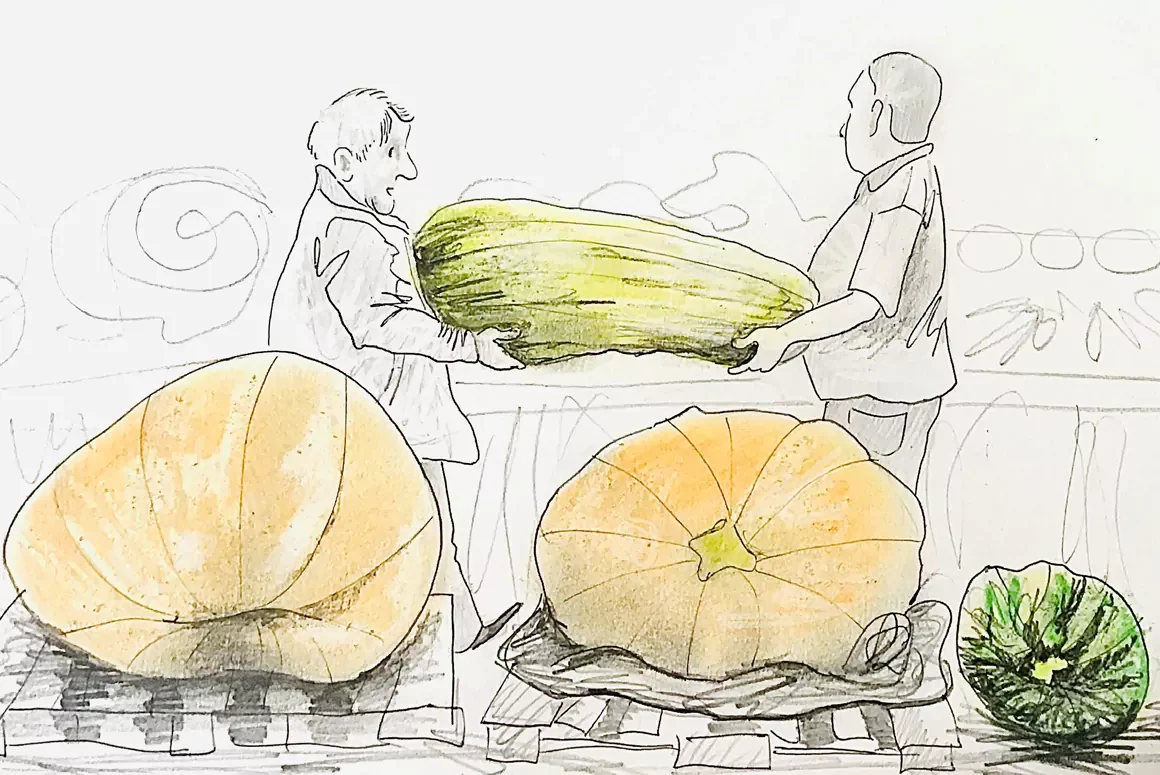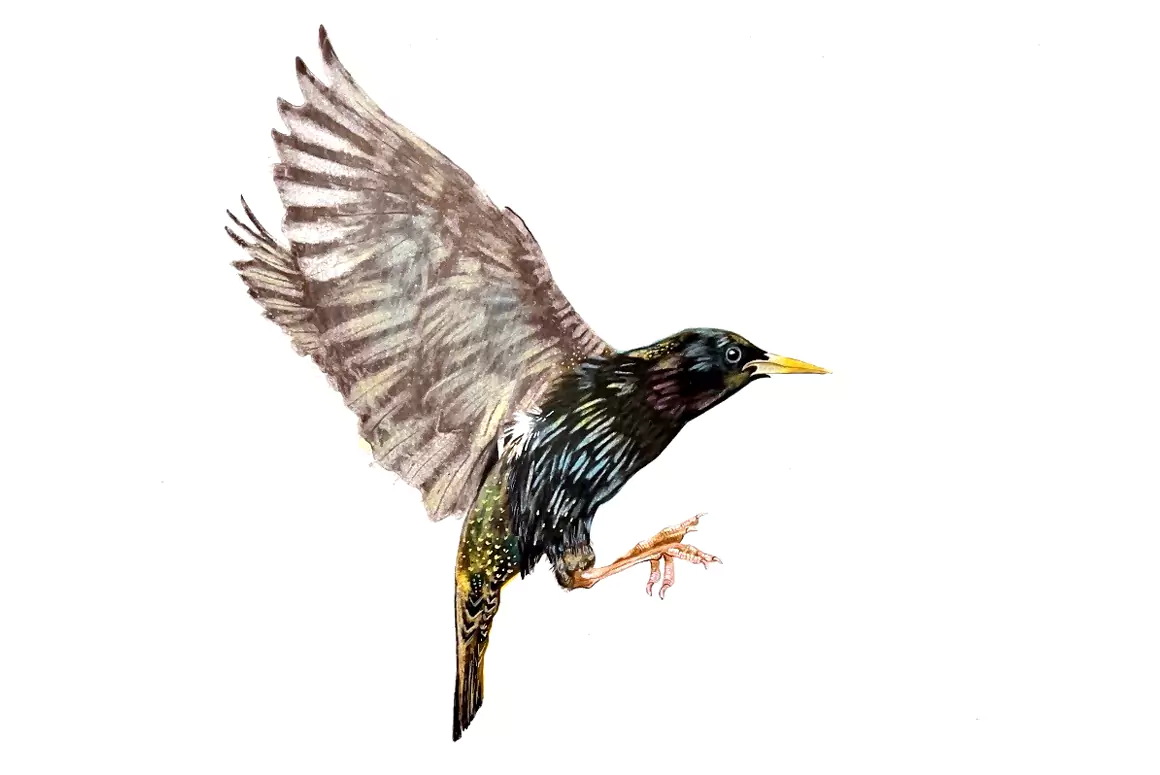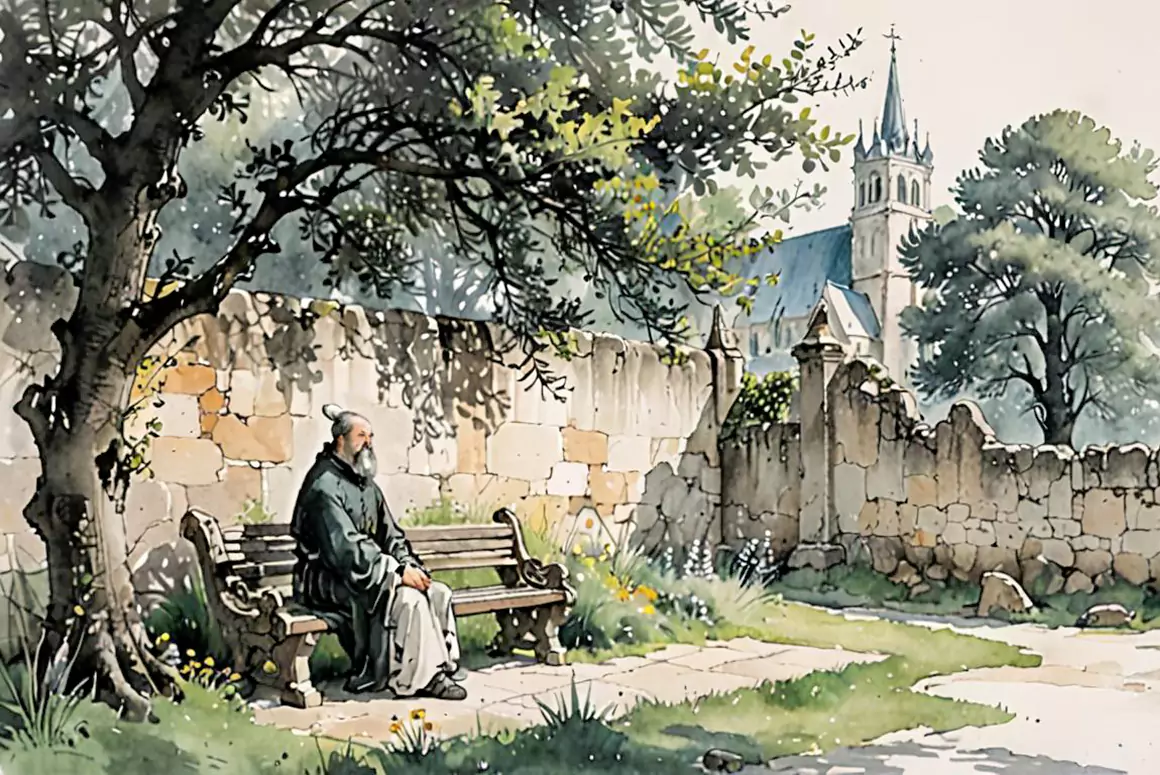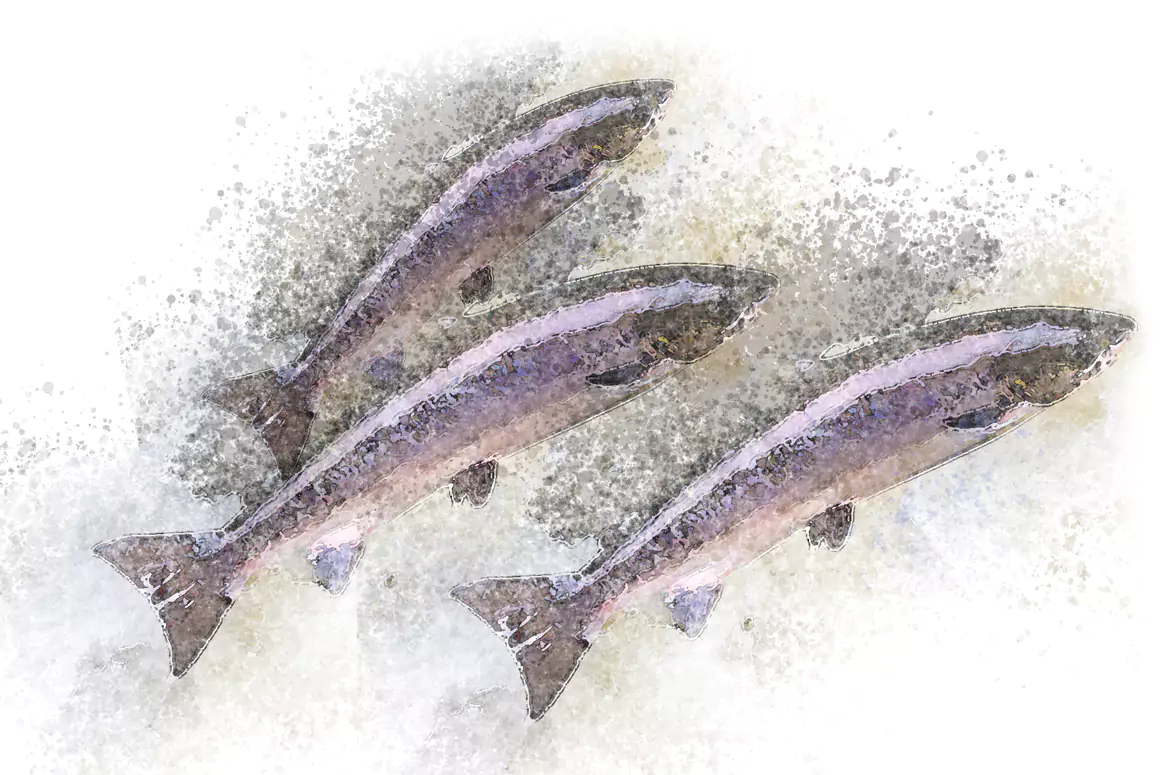Where does the time go? It seems like only yesterday that we were stringing up the twinkling lights of Yuletide, then hiding eggs for Easter and yet here we are once more, saying goodbye to the autumn half-term holiday and, with it, Halloween. Just as I was musing over that thought on my way to work this morning, I was stopped in my tracks as BOO! There, off to the side, on the bank of the river, was a bright orange pumpkin gurning up at me. Its narrow, slitted eyes and sharp-fanged leer suggest that evil may be afoot, and yet…BOO! Another! This one a white ‘ghost’ pumpkin, placed at the base of a sycamore, and completely different to the other with its round ‘O’ of a mouth and upturned eyes perhaps hinting that this unfortunate squash may have been the recipient of its own fright.
It’s only to be expected, I suppose, as, largely thanks to the efforts of our American cousins, pumpkins, and all things pumpkin-esque have become as synonymous with the golden season as woolly sweaters and woodland walks, to the point that no autumn scene is complete without them. From pumpkin spice, pumpkin pie and pumpkin latte to autumnal or ‘fall’ cafés stacked with pumpkins in YouTube ambient jazz videos, their bright coppery hues reflect from auburn leaves, across oceans and into cultural immortality. But where did it all begin?
As with most interesting things, the carved pumpkin, or ‘Jack-o’-lantern’ has its roots in folklore. Surprisingly, however, these roots are not American, as I expected. I had assumed a strong link with the early nineteenth-century book ‘The Legend of Sleepy Hollow’ by American author Washington Irving, but the origins of pumpkins as we have come to know them are actually Irish. In fact, not only are the proverbial roots of the pumpkin not American, they don’t even begin with pumpkins themselves.
Accounts tend to vary slightly, but all focus on a character named Stingy Jack who manages to trick the Devil into allowing him to keep his soul and avoid the torments of Hell. However, upon his death, Jack found that there was no place for him in Heaven either so, due to his own wicked misdeeds and trickery, his soul was doomed to wander the Earth forever, either carrying a lantern carved from a turnip or, in other versions, was kept constantly at bay by the light of the turnip lanterns. Irish immigrants took the story with them to the New World, transposing them from turnip to the easier to carve, and larger, pumpkin, and the rest is history.
Trace the origins of Halloween back even further, however, and you’ll find a far stronger link to the movement of All Saints Day to November 1st by the Catholic church back in the 8th century. Just as with many other pre-existing festivals, the Christian merged with the Pagan, and the Samhain tradition of wearing costumes as disguises to avoid wandering spirits on All Hallows’ Eve eventually joined Stingy Jack, pumpkins and a strong peppering of spirituality in the mixing pot to give us what we now recognise as Halloween.
Of course, this isn’t exclusive to Halloween – all our festivals and celebrations share such wonderfully jumbled combinations of fact, fiction and folklore, the two I’ve already mentioned being a case in point. Yuletide and its festivities stem from Norse paganism, the lighting of the Yule log marking the winter solstice and the tipping point that takes the world back toward longer daylight hours and less darkness, looking forward to the sunlight to come. Even Easter, that most Christian of festivals celebrating the resurrection of Jesus, derives many of its traits from Eostre, a pagan spring goddess whose totemic animal symbol was a rabbit or hare.
Easter, though, is a distant dream for now, and Christmas, with its Yule traditions, is still some weeks away, which leaves me here with my round-headed friends. Likely left by people who don’t wish to waste them, these pumpkins will provide much-needed calories for birds, squirrels and many other forms of wildlife as the weather turns colder and subsistence for those creatures becomes more difficult. As for our own pumpkins at home, they’re already diced and bagged up, ready to take with us on one of our long walks where we’ll scatter them in the undergrowth to be eaten in turn, or to mulch down into the earth where they will become part of that endless seasonal cycle once again.





